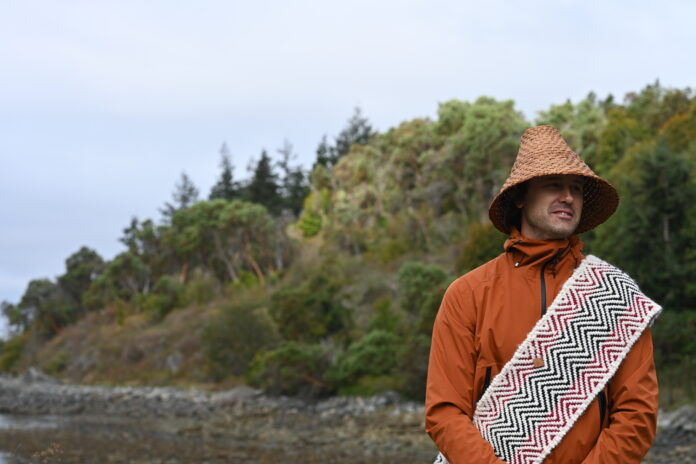The Tla’amin Nation is negotiating with Paper Excellence, hoping to reclaim the village of tiskʷat.
The site was wildly recognized as the Nation’s main city site, where it had a productive salmon run, hunting grounds, and housed most of the nation before it was taken 151 years ago.
According to executive council member of the nation Dillon Johnson, negotiations are progressing, but it takes time.
“It is a complex site obviously and they are a big company, and we are a nation government trying to reclaim culturally significant land that has been used for heavy industry for over 100 years,” said Johnson.
“There’s lots of considerations within that part but it’s moving ahead positively. We have inserted ourselves as stewards of the site, working with the province of British Columbia to include us in their role in overseeing the site.”
He says this comes as the nation and province signed a historic memorandum of understanding back in October about the paper mill site.
Related Article: Historic MOU sets path to return pulp mill site to Tla’amin Nation – My Powell River Now
When it comes to having the village back, Johnson says it is like having a long-lost relative brought back into the family.
“It’s so meaningful culturally, economically, and environmentally for the nation,” said Johnson.
“We have a lot of folks in the region cheering us on, and they know it is the right thing that should happen. I also think some folks see the potential of the nation owning the site in terms of the economics that it will bring to the nation.”
Johnson adds that they have a plan for the site once they have it back, which would include economic projects.
Those projects would focus on clean fuels, value-added forestry, aquaculture, and market housing.
“We know that tiskʷat can’t really go back to what it was 151 years ago, but we hope that it can once again be a productive site for the Tla’amin people and broader region in a more modern context.”



